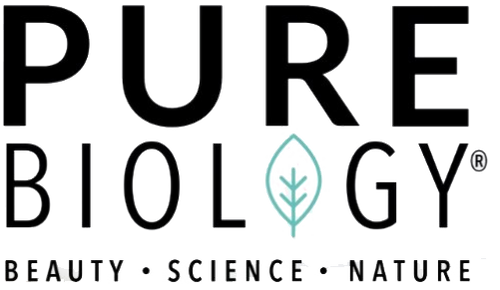Throughout your life, your skin changes in response to hormones like estrogen and testosterone. If you have an oily complexion you probably notice an increase in breakouts during your menstrual and premenstrual period. Since your skin is your body’s largest organ, it provides an elimination route for fluid like oil and sweat, during certain times of the month, depending on your cycle, your skin will change throughout your hormonal cycles.
Puberty, Hormones & Oily Skin

Puberty marks the beginning of hormonal changes. Beginning at about age 11 in girls, it marks the beginning of estrogen release. For boys, it marks the beginning of androgen release. While androgen release is the main player in male puberty, for women a complex mix of hormones, including estradiol, testosterone, progesterone, and prolactin are responsible for changes.
Many of the changes your skin goes through during puberty and later in life are due to small glands called sebaceous glands. These glands produce and secrete an oily substance called sebum. Sebaceous glands increase in size around puberty and begin to secrete sebum. The majority of sebum is secreted between the ages of 15-35, which may cause increased breakouts or oily skin. Our sebaceous glands have receptors that are affected by sex hormones, most dramatically by androgens, which are hormones similar to testosterone, but present in both sexes.
Acne & Your Menstrual Cycle

The reasons for hormonal acne during menstruation are still not totally clear, but some studies suggest that before the period starts, there isn’t enough estrogen to support anti-sebum effects. With lower estrogen levels, androgens increase sebum production, which in turn leads to oily skin, and clogged pores. Other studies suggest that hormonal acne could be the result of an imbalance of progesterone and estrogen ratios. Some people might experience reduced breakouts on hormonal birth control, which is why birth control is sometimes prescribed as a treatment for acne. Not all acne is related to menstruation or hormones though, acne affects a lot of people of both sexes and all ages, other possible causes for acne are genetics, diet, and stress.
Sebum production also changes throughout your menstrual cycle, although the effects of estrogen on sebum aren’t totally clear, studies show estrogen may suppress levels of sebum production. One study showed sebum production increased in women with oily skin one week before menstruation and during. The lowest amount of sebum was produced during the second week of the menstrual cycle. Although hormones play an important role in sebum production, other factors affect it as well, like genetics, seasonal changes, excessive sun exposure, and certain skin care products.
Try our Deep Cleansing Clay Mask to help curb breakouts!
Estrogen & Skin Health
Even though the effects of estrogen on sebaceous glands is still unclear, it plays a role in overall skin health. Estrogen is associated with skin thickness, skin hydration, increased collagen, wound healing, and improved skin barrier. Studies show that many women experience sensitive skin around the time of menstruation, which could be due to lower estrogen levels during these times.
Your Skin During Pregnancy

The majority of skin changes that occur during pregnancy are due to 2 hormones, estrogen, and progesterone. Women produce more estrogen in one pregnancy than throughout a lifetime of menstrual cycles. Increased estrogen levels have mostly positive effects on the skin, improving collagen synthesis and wound healing, and helping clear pre-existing conditions such as psoriasis and eczema.
estrogen helps your skin stay hydrated, as well as helping minimize pores. This reduces sebum production leading to fewer breakouts. Although estrogen has mainly positive effects on skin health, there are a few skin conditions to watch out for during pregnancy, like melasma, and pregnancy acne. Melasma is a form of hyperpigmentation characterized by increased production of melanin. In addition to increased levels of estrogen, androgenic hormones also increase during pregnancy, sometimes causing pregnancy acne. Pregnancy acne is most common during the first trimester.

tFAYdfgJXEVKacr
BnmFLViKksvhuo